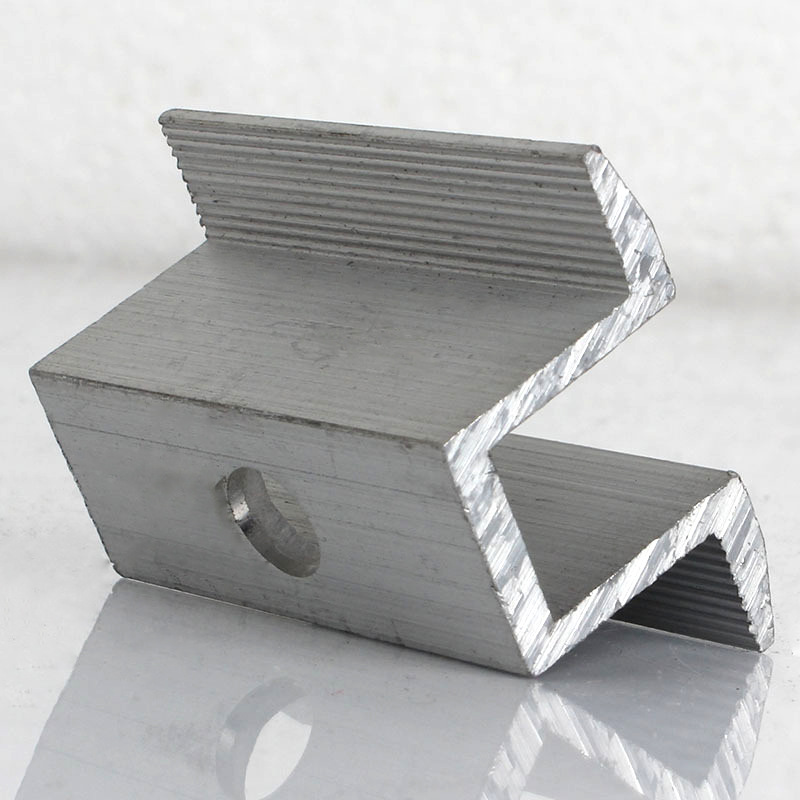

tamper resistant self tapping screws
Nov . 25, 2024 12:39 Back to list
tamper resistant self tapping screws
The Importance of Tamper-Resistant Self-Tapping Screws
In the modern world, security and durability have become paramount in various applications, from construction to electronics. Among the numerous fasteners available, tamper-resistant self-tapping screws stand out as a crucial solution for preventing unauthorized access and ensuring the integrity of structures and sensitive equipment. Understanding their design, benefits, and applications can illuminate why these fasteners are indispensable in today’s security-conscious environment.
What Are Tamper-Resistant Self-Tapping Screws?
Tamper-resistant self-tapping screws are specialized fasteners designed to secure materials together while providing a level of protection against tampering or unauthorized removal. The term “self-tapping” indicates that these screws can create their own holes when driven into materials such as metal, plastic, or wood, which not only saves time during installation but also enhances structural integrity. The tamper-resistant feature typically involves unique drive configurations, such as pin-in-hex, one-way, or other proprietary designs that require special tools for removal, thus discouraging unauthorized access.
Benefits of Tamper-Resistant Self-Tapping Screws
1. Enhanced Security The primary benefit of these screws is their ability to prevent tampering. By employing a design that is difficult to manipulate without specific tools, they provide a significant deterrent to vandals or thieves. This feature is particularly crucial in high-security environments, such as data centers, telecommunications equipment, and various public facilities.
2. Cost-Effectiveness While some may assume that tamper-resistant screws are more expensive than standard screws, they can actually be more cost-effective in the long run. By eliminating the need for additional security measures, such as locks or additional layers of housing, these screws can reduce overall project costs while enhancing security.
3. Durability and Strength Self-tapping screws are designed to provide a strong hold in a variety of materials, ensuring that assemblies remain intact under stress. Their materials often include high-strength alloys or corrosion-resistant finishes, making them suitable for both indoor and outdoor applications.
tamper resistant self tapping screws

4. Ease of Installation The self-tapping mechanism allows for quick installation and does not require pre-drilling holes in many materials. This feature is particularly beneficial in assembly-line settings or rapid construction projects where time is of the essence.
Applications of Tamper-Resistant Self-Tapping Screws
The applications for tamper-resistant self-tapping screws are vast. In the construction industry, these screws are commonly used in securing access panels, HVAC equipment, and other fixtures where security is a concern. In the field of electronics and telecommunications, these screws help secure cabinets and equipment against unauthorized access, ensuring that sensitive components remain protected.
Moreover, they can be found in public infrastructure, including light fixtures, street signs, and even in outdoor furniture, where durability and resistance to tampering are essential. In automotive and aerospace applications, these screws help maintain the integrity of critical components, ensuring safety and reliability in transportation.
Conclusion
Tamper-resistant self-tapping screws are an essential component in the toolkit of modern security measures. They provide a blend of convenience, security, and durability that is hard to match. As societies become increasingly reliant on technology and the security of physical structures, the demand for such specialized fasteners will surely continue to rise.
In an era where protection from unauthorized access is not just a preference but a necessity, understanding and utilizing tamper-resistant self-tapping screws can help safeguard assets, whether they are part of a large-scale infrastructure project or a simple home improvement task. Embracing these innovative fastening solutions not only enhances security but also contributes to the overall stability and longevity of the structures they support.
Latest news
-
High-Strength Hot Dip Galvanized Bolts - Hebei Longze | Corrosion Resistance, Customization
NewsJul.30,2025
-
Hot Dip Galvanized Bolts-Hebei Longze|Corrosion Resistance&High Strength
NewsJul.30,2025
-
High-Strength Hot-Dip Galvanized Bolts-Hebei Longze|Corrosion Resistance&High Strength
NewsJul.30,2025
-
Hot Dip Galvanized Bolts-Hebei Longze|Corrosion Resistance&High Strength
NewsJul.30,2025
-
Hot Dip Galvanized Bolts - Hebei Longze | Corrosion Resistance, High Strength
NewsJul.30,2025
-
High-Strength Hot Dip Galvanized Bolts-Hebei Longze|Corrosion Resistance, Grade 8.8
NewsJul.30,2025

